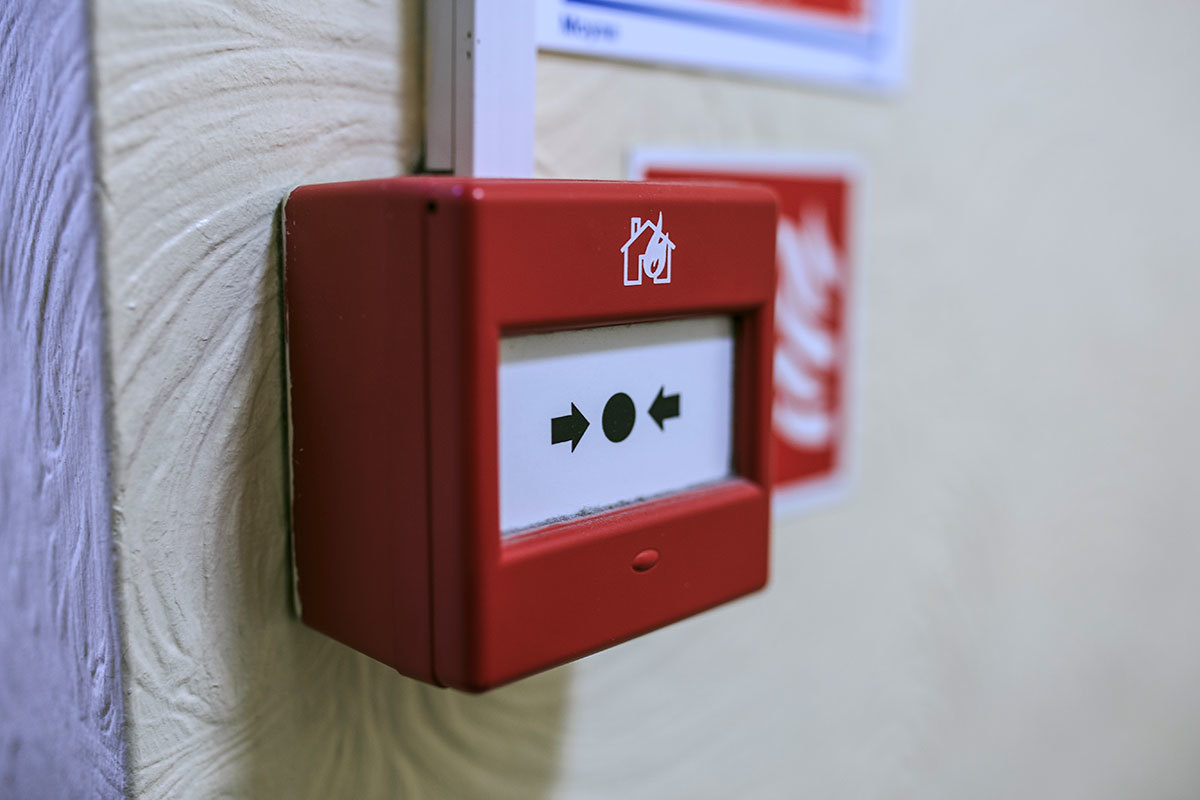You are viewing 1 of your 1 free articles
Housing association failed to fix unsafe appliance before deadly fire
A housing association failed to fix a heating appliance it knew was unsafe in a home where a fire-related death later occurred, the Regulator of Social Housing (RSH) has revealed.
Connexus self-referred to the regulator after a “fire and fatality at one of its properties had found that a solid fuel appliance installed there had been deemed unsafe to use but the necessary remedial works had not been scheduled”, the RSH said in a regulatory notice today.
The Shropshire-based association, which owns around 10,500 homes, had told tenants not to use the appliance but it was the only source of heating in the property and had been in use “over a significant period”.
The RSH said Connexus had failed to meet the Home Standard meaning there was “potential for serious detriment” to its tenants.
Its governance rating is now under review, the regulator said.
The notice said the landlord had “failed to meet statutory health and safety requirements”, including the Health and Safety at Work Act 1974 and legislation under the Regulatory Reform (Fire Safety) Order 2005.
It added: “This failing has arisen on a number of occasions over a significant period and it is clear that changes made by Connexus had not been sufficient to avoid recurrence.”
Connexus, which was formed from a merger of Herefordshire Housing Group and Shropshire Housing Group in 2017, has admitted the failure is “not good enough” and apologised to its customers.
The regulator found that an internal audit of heating appliance servicing carried out by Connexus early this year concluded limited assurance, with urgent remedial works for solid fuel appliances not done.
An internal review in July last year also found that Connexus was not able to evidence that fire risk assessments had been carried out at a number of its buildings, in some cases for more than eight years, while there was no system in place for prioritising or monitoring responsive remedial works.
The RSH acknowledged that the association “has recently strengthened its senior capacity in this area and is developing a detailed action plan to address the underlying weaknesses in its systems”.
But the regulator said Connexus must still improve the quality of its data where significant weaknesses were identified relating to health and safety.
Connexus currently has a regulatory rating for governance of ‘G2’, having been downgraded last November following whistleblower concerns about historic procurement practices.
Three senior executives resigned from the association last September, including the person tipped to take over as chief executive.
The new chief executive, Richard Woolley, took over in April this year.
Connexus’ chair is former Clarion and Midland Heart boss Ruth Cooke. She is also currently chief executive of 11,000-home landlord GreenSquare.
In a statement, Connexus said: “This breach is not good enough and as an organisation we want to apologise to all of our customers. Health and safety is a top priority for us at Connexus and although the regulatory notice recognises the significant improvements made since the date the issues were identified, we are continuing to strengthen our approach.
“We acknowledge that there was more we could have done to safeguard our customers and we have now strengthened our procedures to ensure we are able to act more quickly and decisively in future.
“We want to reassure our customers that they are at the heart of what we do, and we are working to ensure that we meet all the necessary requirements under the standard.”
In other judgements published today, 4,000-home Orwell Housing Association’s governance rating was restored to G1 after being downgraded last September over risk management.
London housing association A2Dominion has had the basis for its financial viability rating changed following an in-depth assessment (IDA).
It has a grading of G1 V2, indicating that it “needs to manage material risks to ensure continued compliance” with the RSH’s financial viability requirements as a result of its “large and diverse development programme” which exposes it to the private sale market.
And Riverside Group has retained its G1 V1 rating following an IDA.
Regulatory judgements and notices published on 28 August 2019
| Provider | Governance | Viability | Explanation |
|---|---|---|---|
| A2Dominion Housing Group Limited | G1 | V2 | No change |
| Connexus Housing Limited | N/A | N/A | Failed to meet Home Standard |
| Orwell Housing Association Limited | G1 | V1 | Governance upgrade |
| Riverside Group Limited (The) | G1 | V1 | No change |
Regulatory judgements in England explained
The Regulator of Social Housing publishes regulatory judgements for all providers owning 1,000 or more social housing homes.
These judgements set out whether the provider is complying with the regulator’s governance and financial viability standards.
The regulator carries out an assessment either through a scheduled in-depth assessment, or reactive engagement (in which the regulator acts following information about a provider).
It then awards the provider a rating from one to four for financial viability (V) and a separate rating from one to four for governance (G).
Providers must score two or higher in both categories to be judged as complying with the standards.
As providers have increasingly taken on more risk to cross-subsidise social and affordable housing delivery through market-facing activity, the regulator has changed a number of associations’ viability ratings from V1 to V2.
The regulator often categorises this kind of regulatory action as ‘regrades’ rather than downgrades. Click here to read more.
Key to ratings:
V1/G1: Compliant
V2/G2: Compliant
V3/G3: Non-compliant and intensive regulatory engagement needed
V4/G4: Non-complaint, serious failures, leading to either intensive regulatory engagement or the use of enforcement powers
Rating straplines in full:
Governance ratings:
G1: The provider meets our governance requirements.
G2: The provider meets our governance requirements but needs to improve some aspects of its governance arrangements to support continued compliance.
G3: The provider does not meet our governance requirements. There are issues of serious regulatory concern and in agreement with us the provider is working to improve its position.
G4: The provider does not meet our governance requirements. There are issues of serious regulatory concern and the provider is subject to regulatory intervention or enforcement action.
Financial viability ratings:
V1: The provider meets our viability requirements and has the financial capacity to deal with a wide range of adverse scenarios.
V2: The provider meets our viability requirements. It has the financial capacity to deal with a reasonable range of adverse scenarios but needs to manage material risks to ensure continued compliance.
V3: The provider does not meet our viability requirements. There are issues of serious regulatory concern and, in agreement with us, the provider is working to improve its position.
V4: The provider does not meet our viability requirements. There are issues of serious regulatory concern and the provider is subject to regulatory intervention or enforcement action.
Jargon-busting: some regulatory terms and what they mean
- Co-regulation: this means boards are responsible for deciding how to meet the regulator’s standards – the regulator does not prescribe how to do this
- Gradings under review list: a public list of providers under investigation who are at risk of being judged non-compliant with regulatory standards
- In-depth assessment: a planned inspection, in which the regulator assesses a providers viability, governance and approach to value for money
- Narrative regulatory judgement: a detailed explanation of the reasons behind a regulatory judgement. Narrative judgements are published where a providers’ viability or governance ratings have changed, or where RSH has particular issues or concerns.
- Reactive engagement: refers to the regulator reacting to complaints or allegations about a provider and taking action
- Stability check: an annual assessment of all providers owning 1,000 social homes or more. RSH uses accounts and statistical return data to check for any changes in a providers’ risk profile.
- Strapline regulatory judgement: where a provider is meeting the standards, and its governance or viability ratings have not changed since its previous judgement, the regulator does not publish a full judgement explaining its reasons for the gradings. Instead it just publishes the gradings themselves, in a ‘strapline’.













